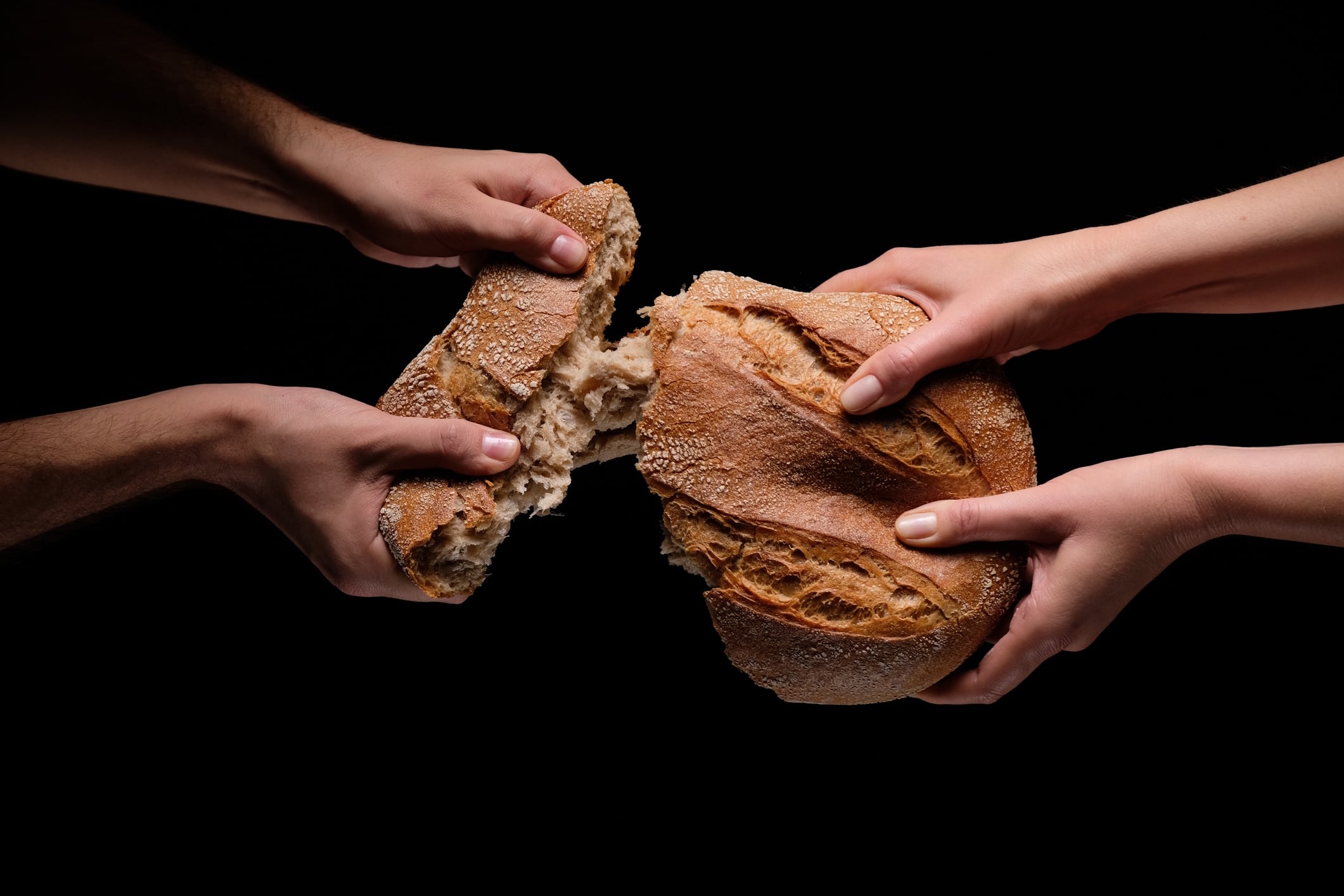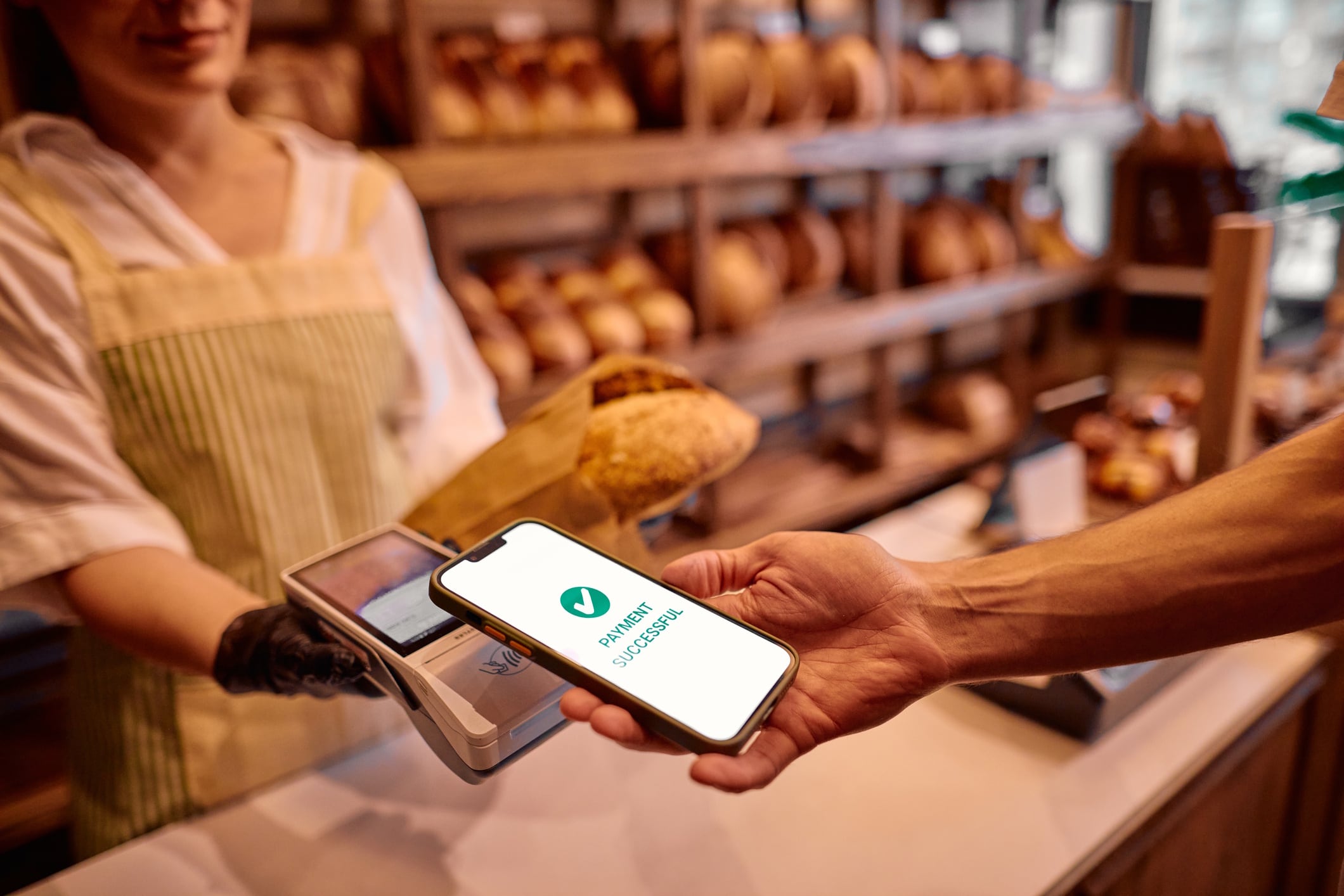Key takeaways:
- Enzymes and fermentation-based solutions are helping bakers extend shelf life while keeping labels clean and consumer trust intact.
- Appetite-suppressing GLP-1 drugs are reshaping eating habits, pushing bakery toward higher-protein, higher-fiber innovation.
- To rebuild bread’s reputation, bakers must lead the conversation on nutrition, transparency and the real science behind better food.
People still love their bread, but they’re looking a lot closer at what goes into it these days.
In today’s clean label era, extending shelf life isn’t just about keeping bread soft or mold-free – it’s about doing it without losing trust. “Shelf life really has two sides,” said Abby Ceule, VP, Functional Systems at Corbion, when we spoke at IBIE in Las Vegas. “You’ve got freshness and softness on one side – essentially the heating and eating qualities – and mold inhibition on the other. You need to solve for both.”
Corbion’s approach centers on enzymes rather than chemical emulsifiers. “A lot of the solutions we use are enzyme-based,” Ceule explained. “Consumers perceive enzymes as more natural and they can replace some of the emulsifier properties that bakers have traditionally relied on. We’re seeing more and more people move away from emulsifiers.”
On the mold-inhibition side, she said, the story is changing fast. “Traditional ingredients like calcium propionate are falling out of favor, even though they’re legally fine. So we’ve developed more naturally derived fermentation ingredients to replace them.”
The result is that bakers can “hit both sides of freshness in a clean-label way – that’s more transparent and more trustworthy.”
Retailers are pushing the same agenda. “Manufacturers and grocery chains want to talk about ‘no artificial preservatives’ on pack,” she said. That pressure, she added, is reshaping how ingredient suppliers think about formulation and innovation.
But clean label isn’t the only pressure point. A new one is emerging fast – from the pharma aisle.
The GLP-1 effect

Ozempic, Wegovy and other GLP-1 drugs are starting to leave their mark on how consumers eat.
“We’re starting to see it already,” Ceule said. “Even in the past six to nine months, bread consumption is down in some key areas and we’re seeing the same in sweet goods. It’s hitting both categories.”
Her team’s research shows how these appetite-suppressing drugs are forcing consumers to make choices about what’s worth eating. “People on GLP-1 can only eat so much, so they think, ‘Do I choose a baked good or something with protein and fiber that keeps me full longer?’ That’s the trade-off.”
Corbion’s answer is to make baked goods that earn their place in that equation. “We’re looking at how to get more protein and fiber into baked goods so they’re more permissible,” she said. “If you’re on GLP-1 or even on a keto diet, how do you make a product that fits your lifestyle? That’s where we’re innovating.”
And the demand is real. “Our customers are actively asking for it,” Ceule said. “They want products that respond to this shift. The key is making baked goods that people on these drugs can still enjoy and feel good about eating.”
That means the definition of ‘functional’ is evolving. Once a term used for nutrient-boosted snacks or sports bars, functional foods now need to fit into a world where less appetite means more selectivity. “Bakers are looking at protein and fiber as the big things to invest in. They’re not fads – they’re here to stay.”
Reclaiming bread’s reputation

For Ceule, the biggest missed opportunity is perception. “As an industry, we need to go back and talk about the nutrient density of baked goods,” she said. “Even in standard products – like corn-based tortillas made with enriched flour – there are vitamins and nutrients in there.”
The challenge, she added, is that bread’s reputation has been hijacked. “There’s this misperception around carbs. But baked goods already have a kind of health halo that people forget about. We need to reposition the category as a staple in the home again.”
That doesn’t mean ignoring wellness trends, but it does mean being smarter about how the industry communicates. “We’ve got to remind people that bread isn’t the enemy,” she said. “It’s a source of energy, nutrients and comfort. And when we innovate with things like fiber and protein, we make it even better.”
Ceule also believes bakers have to take back the narrative on science itself. “When people hear ‘food science,’ they think we’re creating artificial foods,” she said. “We’re not. We’re making the foods they already love better – making them last longer so they’re not wasted, adding nutrients and cleaning up labels.”
Changing that perception, she said, means meeting consumers where they are – and increasingly that’s online. “We need to be more proactive on social media,” Ceule noted. “Younger generations are searching for information about food and we need to make sure our message is there too – not just the skeptical voices.”
Innovation, regulation & the price question

One issue Ceule says is creeping back into consumer consciousness is GMOs.
“It was a big topic, then it tailed off and now it’s coming back up again,” she said. “GMOs, like food science, have been demonized as something we’re ‘creating,’ but that’s not what it is. Genetic modification helps the food chain – it helps us feed the world. We need to tell that story better.”
That broader narrative ties into a bigger reality: the bakery sector is under pressure to adapt. “We’ve been through years of supply-chain chaos after COVID,” Ceule said. “Then came the focus on driving cost out of the system. Now it’s time to refocus on innovation. It’s not one or the other – you have to solve both.”
Innovation, she said, will define the next five years for the North American bakery market. “We’re facing new regulations, more health-driven consumers and more scrutiny on ingredients,” she said. “We don’t know what’s next – colors, flavors, preservatives – it could be anything. So we need new technologies to meet those challenges.”

At IBIE, Corbion’s lineup spoke directly to those pressures: natural mold-inhibition systems, enzyme-based dough conditioners and anti-staling solutions designed for longer freshness. “We’ve expanded our portfolio to replace emulsifiers like DATEM (diacetyl tartaric acid esters of mono- and diglycerides – a common dough strengthener and emulsifier),” Ceule said. “Now we can take some of those out completely.”
That balance – between health, price and performance – is where she sees the biggest tension. “Right now, price is a huge driver. Inflation’s pushing everything up and consumers are value shopping. So while we’re adding things like fiber and protein to make products healthier, we also have to think about cost. That’s the challenge.”
Still, she’s confident the industry’s heading in the right direction. “The buzz here at IBIE is all about innovation,” she said. “With everything changing – regulations, health, GLP-1 – it’s going to take new products and new technologies to get where we’re headed.”
Ceule said the next chapter for bakery isn’t about justifying carbs – it’s about reinventing them. “Innovation’s the only way forward,” she said. “It won’t be easy, but that’s what makes this work exciting.”
What bakers should watch
The clean label and GLP-1 shifts are reshaping how consumers view baked goods. Here’s where bakers should focus next:
GLP-1 impact: Appetite-suppressing drugs could change buying habits for years. Lean into smaller portions and permissible indulgence.
Ingredient reformulation: Enzyme- and fermentation-based solutions are fast becoming the new baseline for clean label bakery.
Value tension: Consumers talk health and sustainability, but price still drives purchase. Innovation has to balance both.
Consumer education: Don’t let the narrative get hijacked online – communicate clearly what ‘clean label’ really means and why bread still belongs on the table.


